2-Day Solo Adventure: Unexplored Outdoors of Yokohama, Japan
Yokohama, Japan
2 days
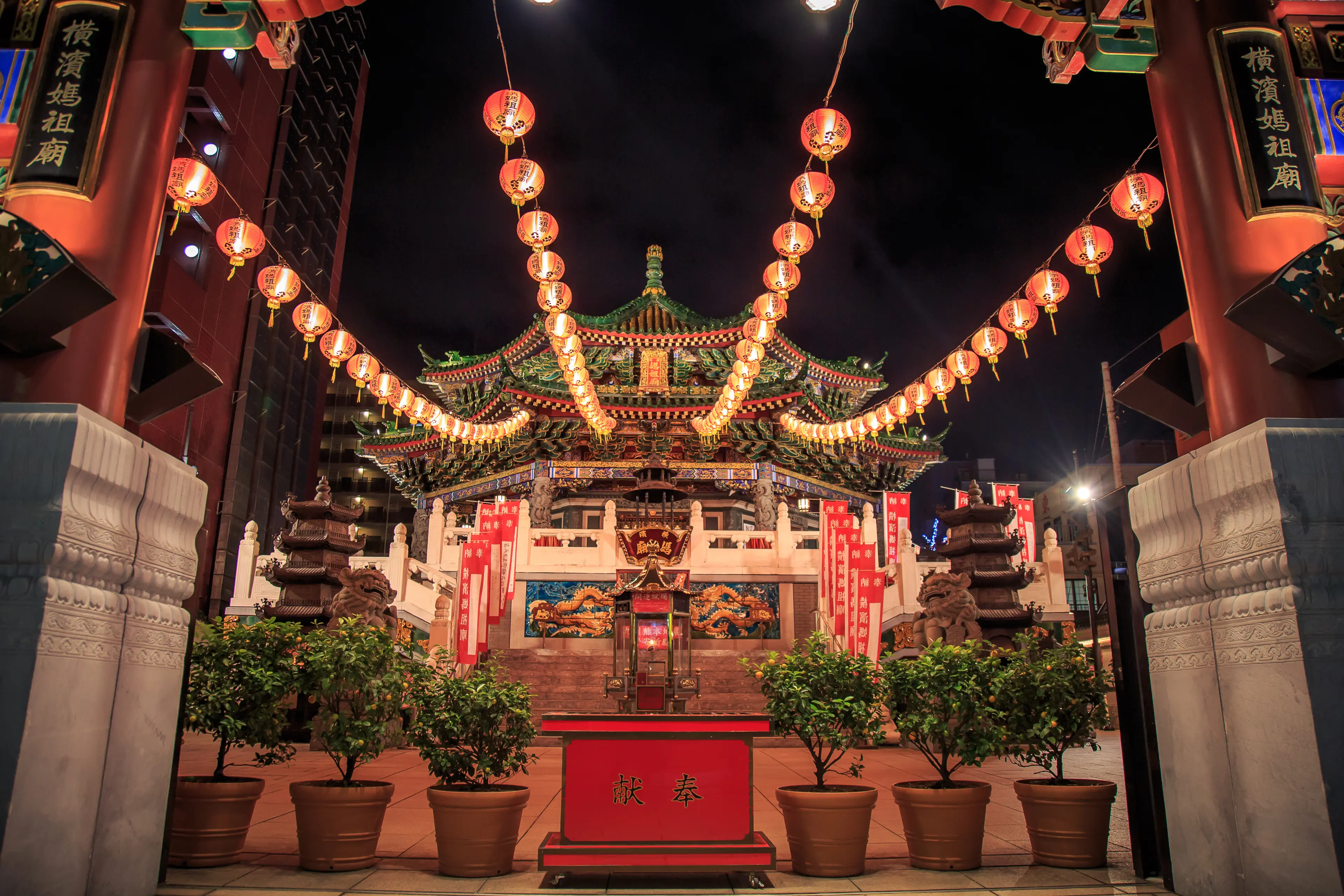

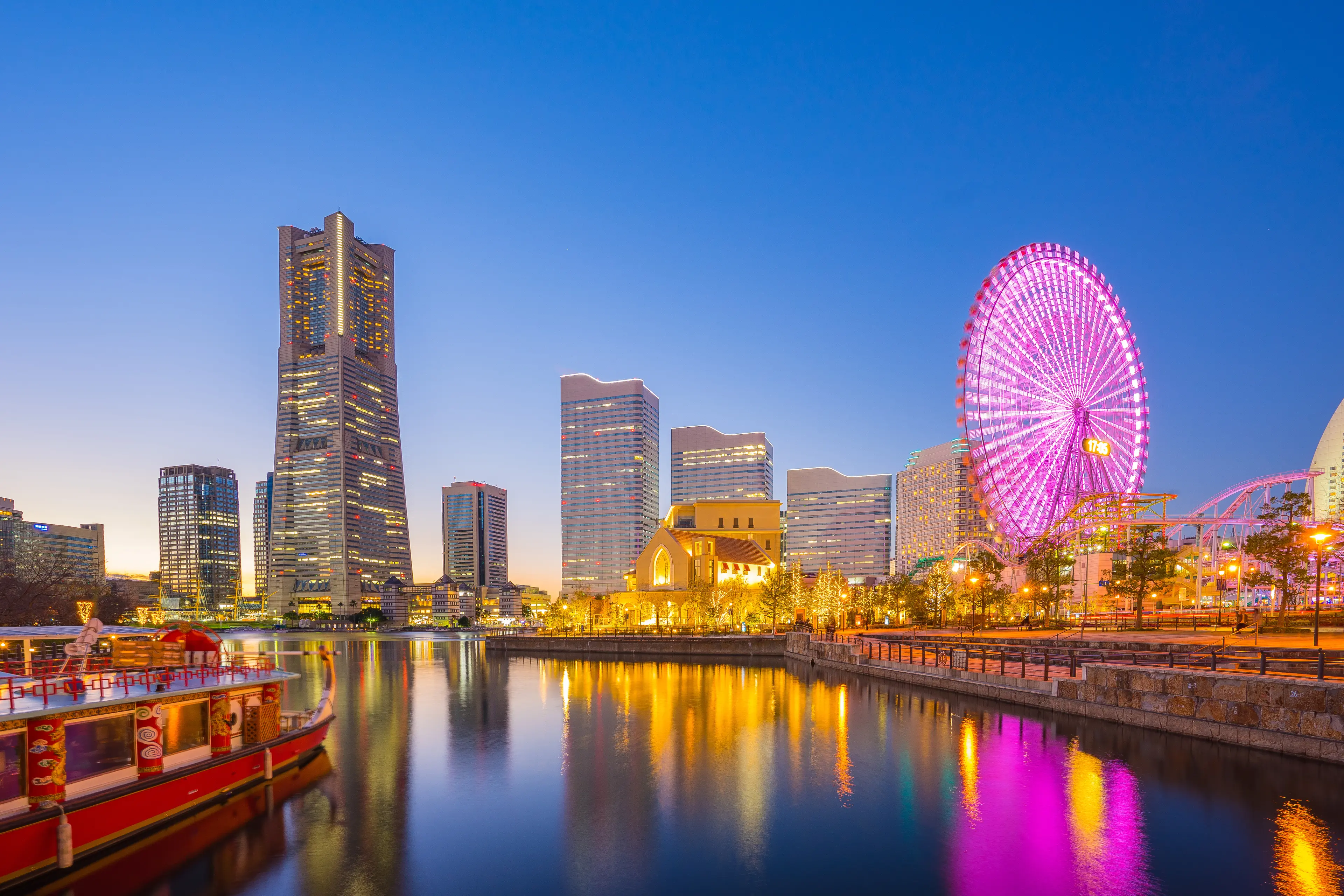
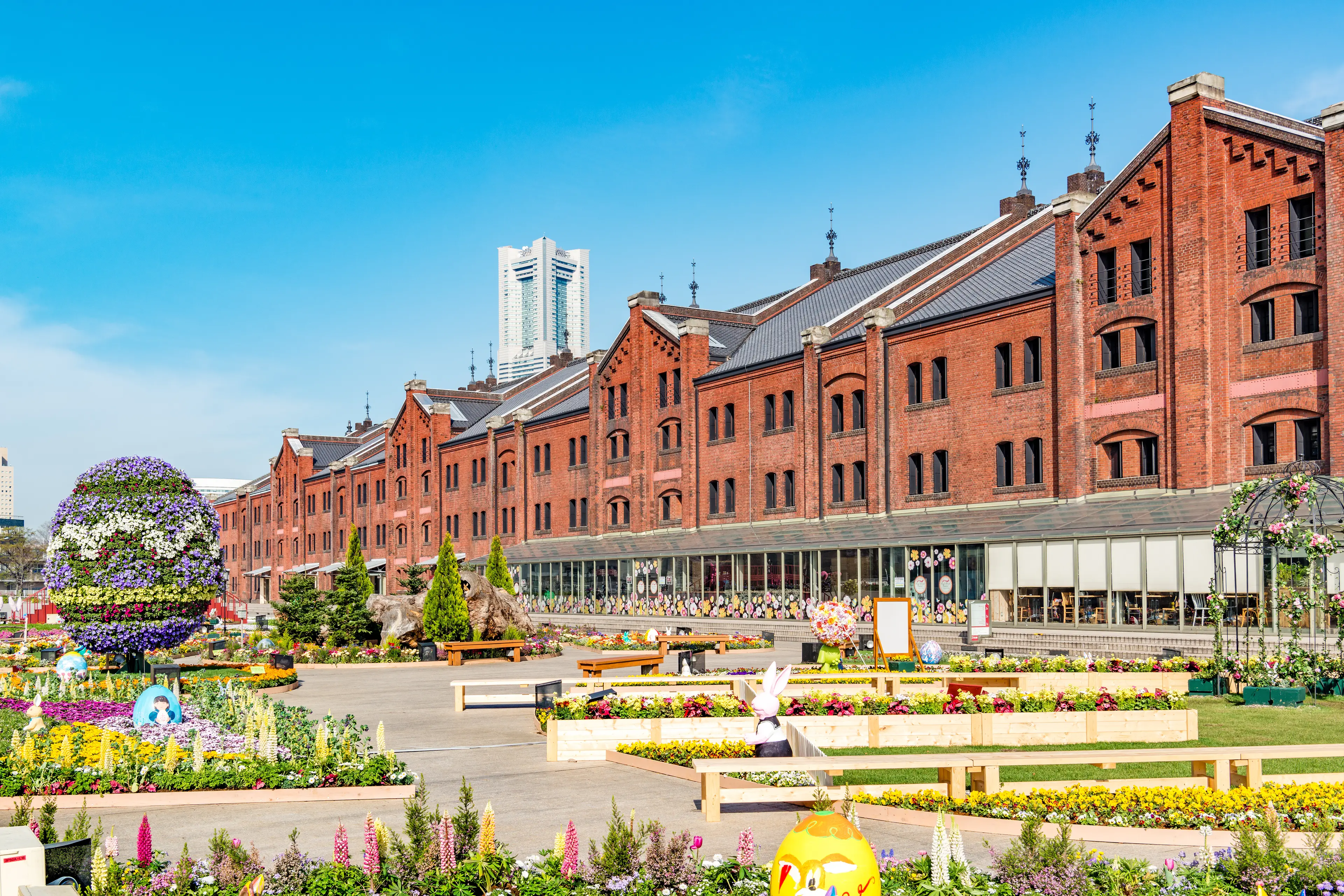
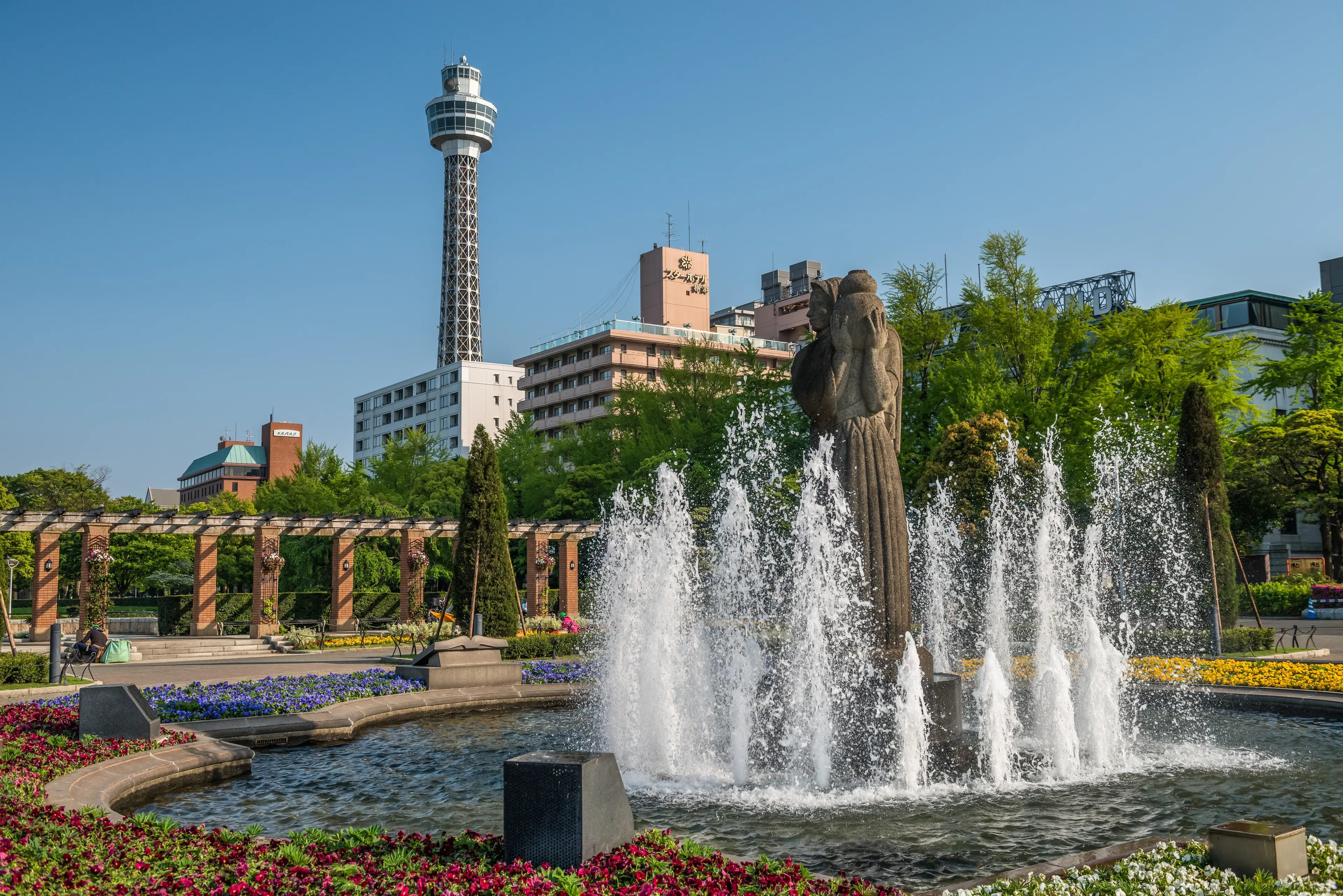
About Yokohama, Japan
Discover the vibrant city of Yokohama, Japan's second-largest city, known for its stunning skyline, beautiful waterfront, and rich cultural heritage. Explore the bustling Chinatown, the largest in Asia, offering a plethora of authentic cuisine. Visit the iconic Yokohama Landmark Tower for panoramic views of the city or enjoy a romantic walk at Yamashita Park. Experience the fusion of tradition and modernity at Minato Mirai, a seaside urban area with shopping centers, hotels, a convention center, an amusement park, hot-spring baths, museums and parks. Don't miss the Cup Noodles Museum, an interactive food education center where you can create your own original cup noodle. With its diverse attractions, Yokohama offers a unique blend of experiences that cater to every traveler's taste.
2-Day Itinerary
Day 2
A Day of Art and Sports in Yokohama
Morning
Start your second day with a hike up to the Nogeyama Park. Enjoy the panoramic views of the city, and visit the Nogeyama Zoo located within the park.
Lunch
Have lunch in a local restaurant in the Motomachi district. This area is known for its stylish boutiques and cafes, offering a unique blend of Japanese and Western cultures.
Afternoon
Spend the afternoon exploring the Yokohama Museum of Art. Admire the contemporary art exhibits, and participate in the interactive workshops offered by the museum.
Dinner
Enjoy dinner in a local restaurant in the Kannai district. This area is known for its lively nightlife, with a variety of bars and clubs to choose from.
Evening
End your day with a visit to the Yokohama Stadium. Watch a baseball game, and immerse yourself in the exciting atmosphere of Japanese sports culture.
Attractions in Itinerary (13)

1Sankeien Garden
Experience the beauty of traditional Japanese landscape at Sankeien Garden, a spacious Japanese-style garden.

2Chinatown
One of the world's largest Chinatowns, offering a wide variety of Chinese restaurants and shops.

3Yokohama Port
One of the first ports opened to foreign trade in Japan, offering beautiful views and cruises.

4Red Brick Warehouse
A historical building that now serves as a shopping mall and event venue.

5Osanbashi Pier
Check out Osanbashi Pier, a modern international passenger terminal with a unique architectural design.

6Minato Mirai
A seaside urban area whose name means 'Harbor of the Future', featuring shopping, dining, and entertainment.

7Yokohama Cosmo World
Enjoy Yokohama Cosmo World, an amusement park known for its giant Ferris wheel.

8Nogeyama Park
A public park offering a quiet escape from the city, with a small zoo and picnic areas.

9Nogeyama Zoo
A small but popular zoo located within Nogeyama Park, home to a variety of animals.

10Motomachi
A famous shopping street known for its western-style clothing stores and boutiques.

11Yokohama Museum of Art
Visit the Yokohama Museum of Art, known for its collection of contemporary art.

12Kannai
A district known for its mix of modern and historical buildings, including the Yokohama Stadium.

13Yokohama Stadium
Catch a game at Yokohama Stadium, a multi-purpose stadium primarily used for baseball games.
Local Food and Drinks (9)

Ramen
Yokohama is known for its unique style of ramen, which typically features a soy-based broth and is often served with a variety of toppings such as green onions, bamboo shoots, and slices of pork.

Nikuman
Nikuman is a popular street food in Yokohama. It's a steamed bun filled with savory pork and often enjoyed during the colder months.
Gyukatsu Motomura
Gyukatsu Motomura is a popular dish in Yokohama, featuring breaded and deep-fried beef cutlet served with a variety of sauces.

Shumai
Shumai is a type of steamed dumpling that originated in Yokohama's Chinatown. It's typically filled with a mixture of pork and shrimp.

Yokohama Curry
Yokohama Curry is a unique style of curry that's thicker and sweeter than other Japanese curries. It's often served with rice and pickled vegetables.
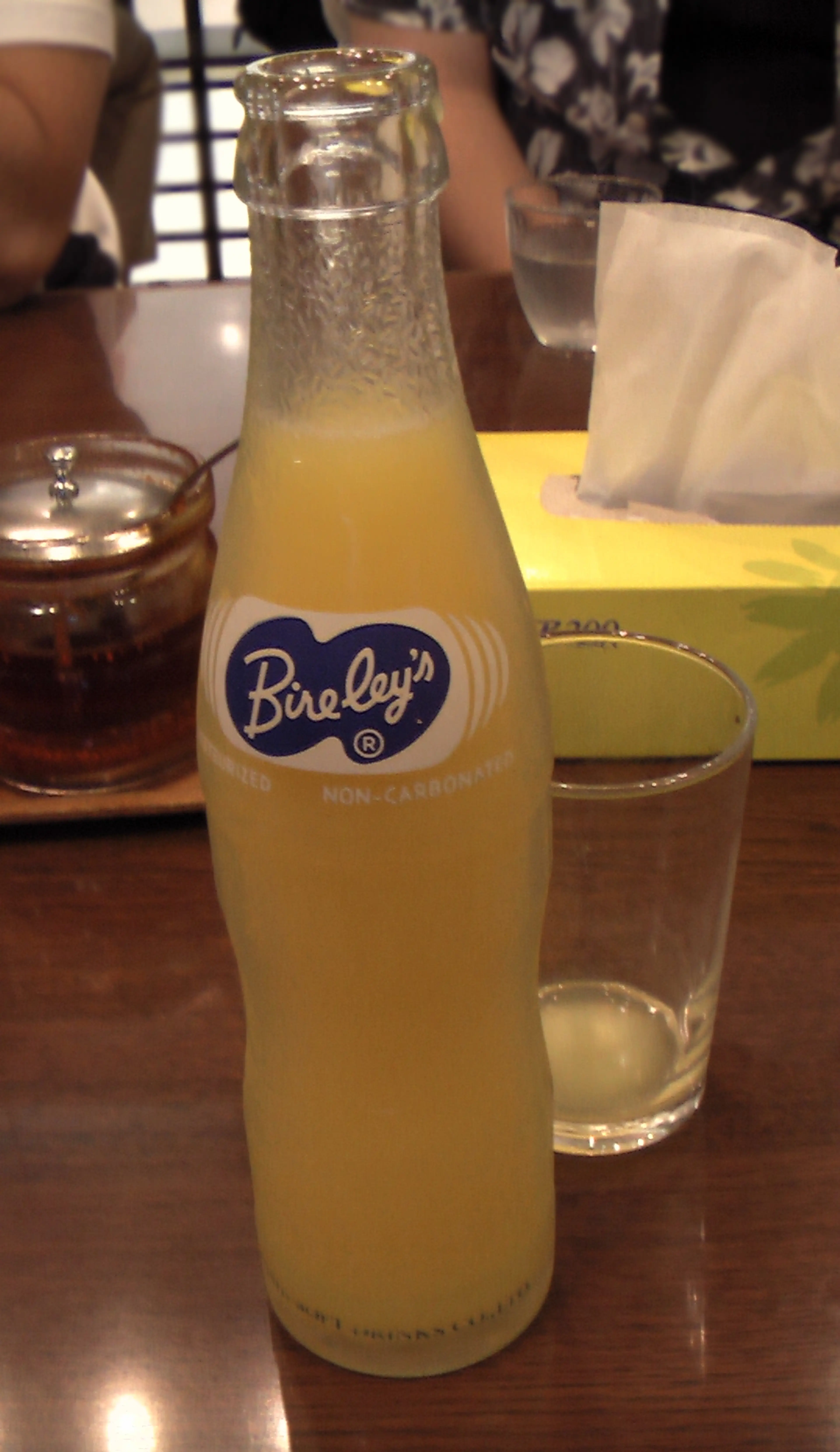
Bireley's Orange
Bireley's Orange is a popular soft drink in Yokohama, known for its refreshing and tangy orange flavor.
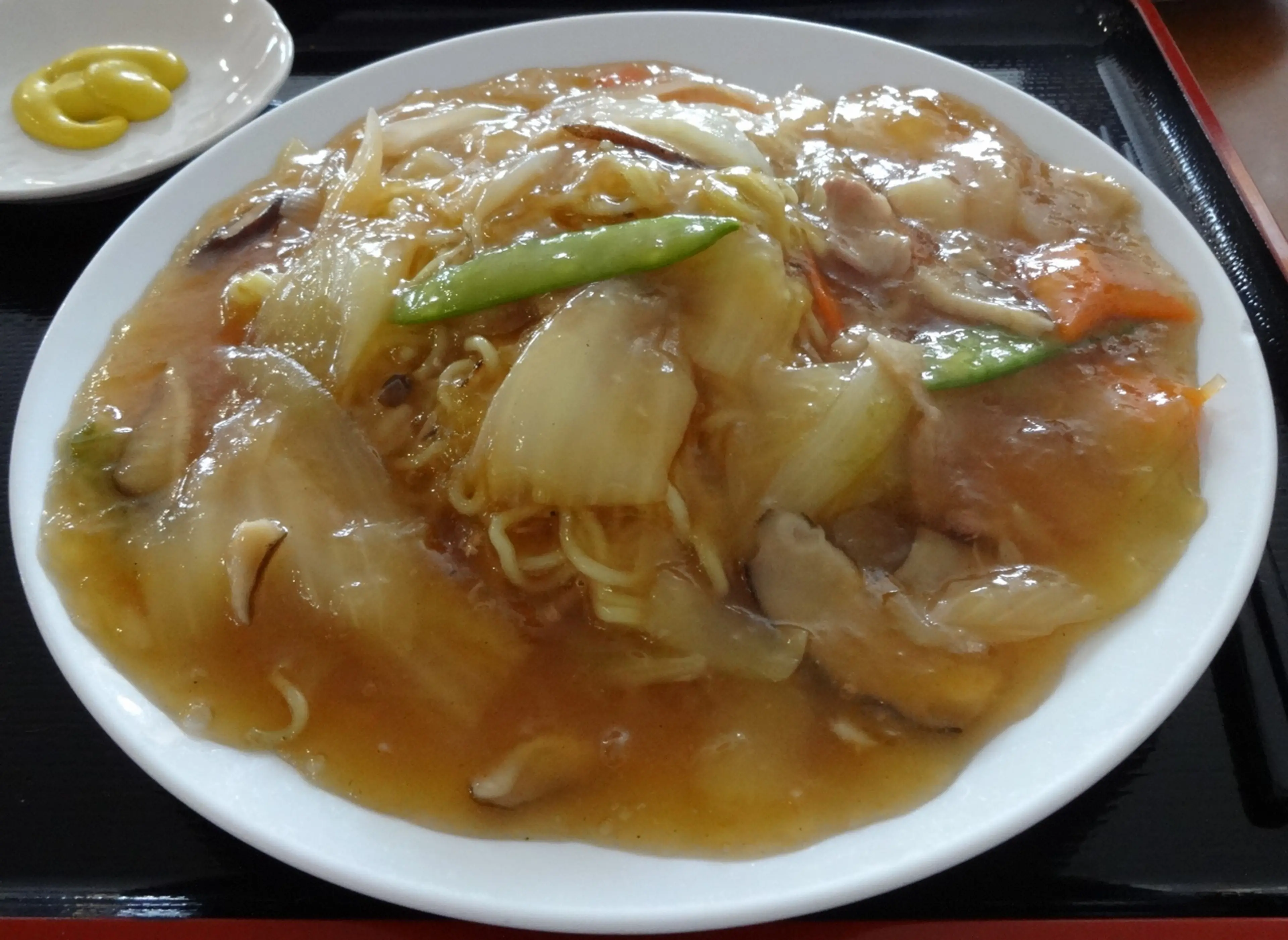
Ankake Yakisoba
Ankake Yakisoba is a popular dish in Yokohama, featuring stir-fried noodles topped with a thick, soy-based sauce and a variety of vegetables.
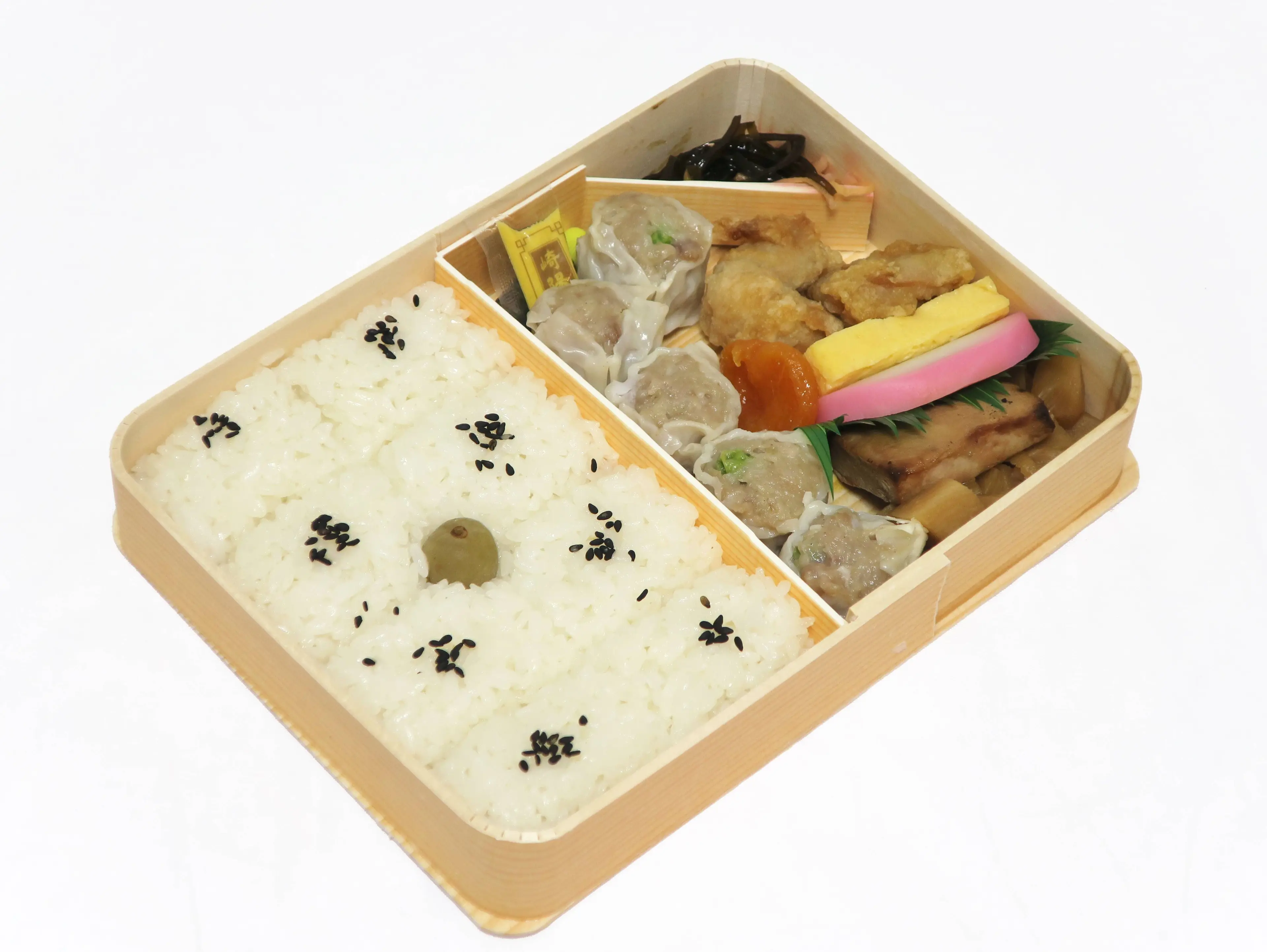
Kiyoken Shumai Bento
Kiyoken Shumai Bento is a popular take-out meal in Yokohama, featuring a variety of dishes including the city's famous shumai dumplings.
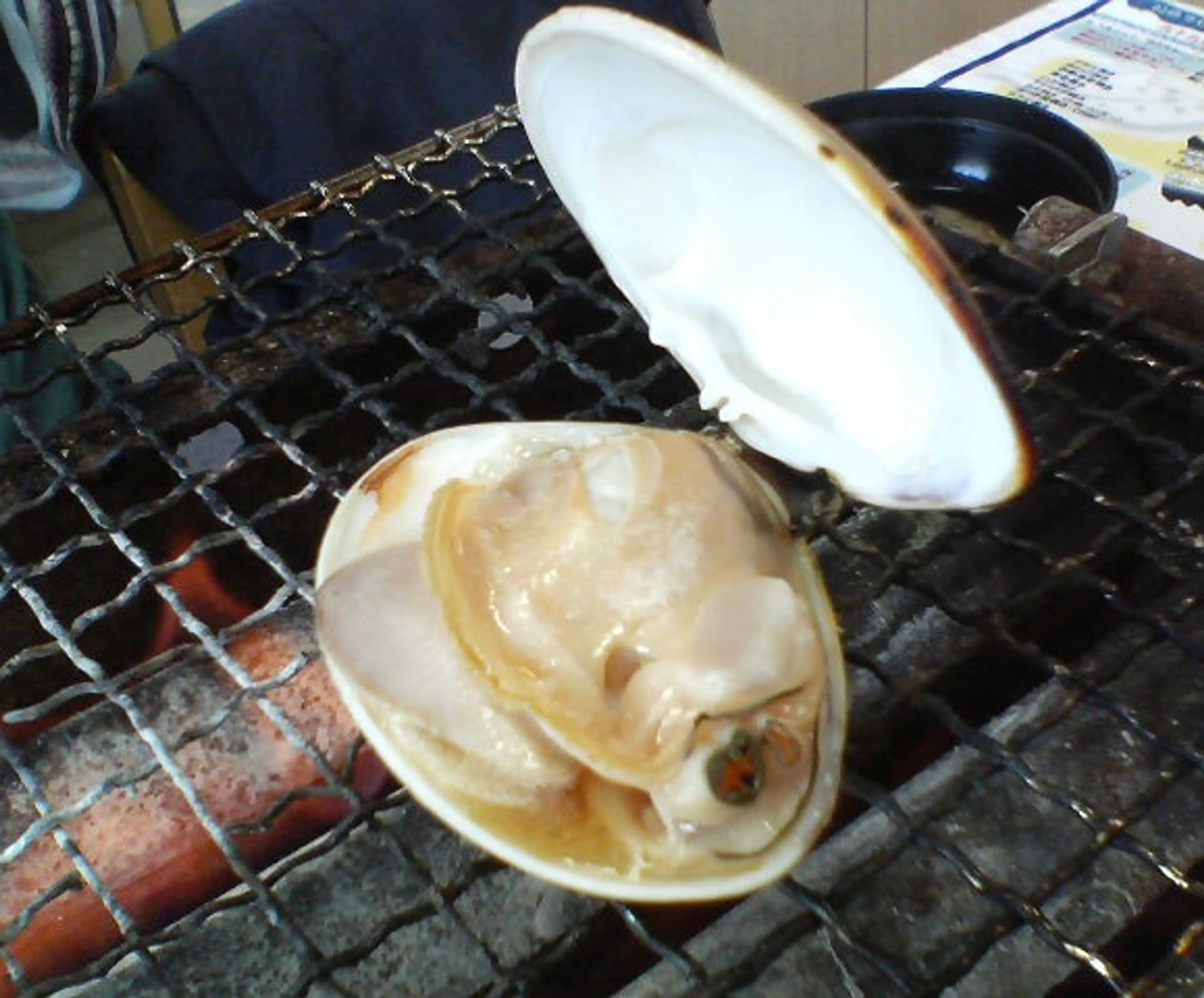
Hamaguri Clams
Hamaguri Clams are a local delicacy in Yokohama, often served in a simple broth to highlight their natural sweetness.
Best time to visit
The best time to visit Yokohama, Japan, is during the spring (March to May) and autumn (September to November) seasons. During these periods, the weather is typically mild and pleasant, making it ideal for sightseeing and outdoor activities. Spring is particularly popular due to the beautiful cherry blossom season, while autumn offers stunning fall foliage. However, it's worth noting that these are also peak tourist seasons, so attractions may be crowded and prices may be higher. If you prefer a quieter experience, consider visiting in the shoulder seasons of early June or late November.
How to get around
Train
Yokohama is well-connected by train services. The JR East's Negishi Line connects Yokohama Station with the city's main attractions such as Chinatown and Yamashita Park. The Minatomirai Line offers a direct connection from Yokohama Station to Minatomirai and Motomachi-Chukagai stations.
Bus
Buses are a convenient way to get around Yokohama. The city's extensive bus network covers areas not serviced by trains. The Akai Kutsu Bus is a sightseeing loop bus that stops at major tourist spots.
Subway
The Yokohama Municipal Subway provides access to various parts of the city. The Blue Line runs from Shonandai to Azamino, passing through Yokohama Station.
Taxi
Taxis are readily available throughout Yokohama. They can be hailed on the street, found at taxi ranks, or booked in advance. They offer a convenient but more expensive way to travel around the city.
Ridesharing
Ridesharing services like Uber are available in Yokohama. They offer a convenient way to get around, especially if you're unfamiliar with the public transportation system or if you're traveling in a group.
Bicycle
Yokohama is a bike-friendly city with numerous cycling paths and bike rental services. It's a great way to explore the city at your own pace.
Foot
Many of Yokohama's attractions are within walking distance of each other, particularly in the Minato Mirai area. Walking is a great way to explore the city and take in the sights.
Ferry
The Sea Bass ferry service operates between Yokohama Station East Exit, Minato Mirai and Yamashita Park. It's a scenic way to travel and offers great views of the Yokohama skyline.
Rental Car
Rental cars are available in Yokohama, but it's worth noting that traffic can be heavy and parking can be expensive and hard to find. It's a good option if you plan to travel outside the city.
Important information
Currency¥ JPY
Time zoneUTC+9
Driving sideLeft
Emergency phoneAmbulance: 119; Fire: 119; Police: 110
Drinking waterYes
Power sockets
Voltage100 V
Things to know about Yokohama, Japan as a first time visitor
1
Yokohama is Japan's second-largest city with a population of over three million.
2
The city is located less than half an hour south of Tokyo by train, and is the capital of Kanagawa Prefecture.
3
While Yokohama appears to lie in the humid subtropical climate zone, it is borderline with the humid continental climate, with average temperatures ranging from 37.4°F (3°C) in January to 78.8°F (26°C) in August.
4
The official language is Japanese, but English is commonly understood in many places frequented by tourists.
5
The currency used is the Japanese Yen (JPY). Credit cards are widely accepted, but it's always good to have some cash on hand for smaller establishments or street vendors.
6
Yokohama is generally safe for tourists, but like any large city, it's wise to stay alert and keep an eye on your belongings.
7
Public transportation is efficient and reliable, with a comprehensive network of trains, subways, and buses. The Pasmo or Suica card can be used for all modes of public transport.
8
Taxis are readily available but can be expensive. They are metered and charge based on distance traveled.
9
Yokohama has a wide range of accommodations to suit all budgets, from luxury hotels to budget guesthouses and hostels.
10
The city is known for its stunning waterfront, with a number of parks and walking paths offering great views of the city skyline.
11
Yokohama is a port city and has a vibrant and diverse food scene, with a particular emphasis on seafood.
12
The city is also famous for its craft beer, with a number of breweries offering tours and tastings.
13
Yokohama has a number of shopping districts, with options ranging from high-end designer boutiques to local markets.
14
Tipping is not customary in Japan, and can sometimes be seen as insulting. Service charges are usually included in the bill.
15
The city has a rich history and culture, with a number of museums and galleries showcasing local art and history.
16
Yokohama has a vibrant nightlife, with a number of bars, clubs, and live music venues.
17
The city is also home to a number of festivals and events throughout the year, including the Yokohama Port Festival and the Yokohama Sparkling Twilight.
18
It's recommended to purchase a Japan Rail Pass for unlimited travel on Japan Rail trains, which can be a cost-effective way to explore the city and surrounding areas.
19
Yokohama has a number of public baths, or 'onsen', which are a key part of Japanese culture. Remember to follow the etiquette rules when visiting.
20
The city is also home to a number of beautiful gardens and parks, which are particularly stunning during cherry blossom season in the spring.
Basic Japanese to know as a first time visitor
English phrase | Native phrase | Pronunciation | When to use it |
|---|---|---|---|
Hello | こんにちは | Konnichiwa | Greeting someone |
Goodbye | さようなら | Sayonara | Leaving or saying goodbye to someone |
Thank you | ありがとう | Arigatou | Expressing gratitude |
Please | お願いします | Onegaishimasu | Making a request |
Yes | はい | Hai | Agreeing or confirming |
No | いいえ | Iie | Disagreeing or denying |
Excuse me | すみません | Sumimasen | Getting attention or apologizing |
I'm sorry | ごめんなさい | Gomen nasai | Apologizing |
Do you speak English? | 英語を話せますか? | Eigo o hanasemasu ka? | Asking if someone speaks English |
I don't understand | わかりません | Wakarimasen | Not understanding what was said |
Where is the bathroom? | トイレはどこですか? | Toire wa doko desu ka? | Asking for the location of the bathroom |
How much does this cost? | これはいくらですか? | Kore wa ikura desu ka? | Asking the price of something |
I would like this | これをください | Kore o kudasai | Requesting a specific item |
Help | 助けて | Tasukete | In need of assistance |
Can I use credit card? | クレジットカードは使えますか? | Kurejitto ka-do wa tsukaemasu ka? | Asking if a place accepts credit cards |
Where is...? | ...はどこですか? | ...wa doko desu ka? | Asking for a location |
Good morning | おはようございます | Ohayou gozaimasu | Greeting someone in the morning |
Good night | おやすみなさい | Oyasuminasai | Saying goodbye in the evening or before bed |
I'm lost | 迷子になりました | Maigo ni narimashita | When you are lost |
Call a doctor | 医者を呼んでください | Isha o yonde kudasai | In case of a medical emergency |
Packing List
Clothing
Underwear
Socks
T-shirts
Pants/Jeans
Comfortable walking shoes
Light jacket or sweater
Pajamas
Swimsuit (if planning to visit a hot spring or pool)
Raincoat or umbrella (depending on the season)
Toiletries
Toothbrush and toothpaste
Shampoo and conditioner
Body wash
Deodorant
Razor and shaving cream
Makeup and makeup remover
Hand sanitizer
Travel-sized first aid kit
Prescription medications
Sunscreen
Travel documents and essentials
Passport
Driver's license or ID card
Credit and debit cards
Cash (Japanese Yen)
Hotel and/or hostel reservation confirmations
Travel insurance documents
Emergency contacts and important addresses
Maps and guidebooks
Electronics and gadgets
Smartphone
Charger for smartphone
Power bank
Headphones
Camera
Charger for camera
Universal travel adapter
Laptop and charger (if necessary)
Miscellaneous items
Snacks
Water bottle
Travel pillow and eye mask
Books or e-books for entertainment
Travel-sized laundry detergent
Zip-lock bags for organization
Tote bag for shopping
Weather Conditions
When planning a trip to Yokohama, Japan, it's important to consider the city's weather patterns to ensure you pack appropriately and make the most of your visit. Yokohama experiences a humid subtropical climate, which means it has four distinct seasons: spring, summer, autumn, and winter. Spring (March to May) is a beautiful time to visit Yokohama, with temperatures ranging from 50°F to 70°F (10°C to 21°C). It's also the season of cherry blossoms, which makes for picturesque views. Summer (June to August) in Yokohama can be hot and humid, with temperatures often reaching up to 85°F (29°C). It's also the rainy season, so don't forget to pack an umbrella or raincoat. Despite the rain, summer is a vibrant time in Yokohama with many festivals taking place. Autumn (September to November) is another great time to visit, with temperatures ranging from 60°F to 75°F (15°C to 24°C). The city is adorned with beautiful autumn leaves, making it a photographer's paradise. Winter (December to February) can be quite cold, with temperatures dropping to around 35°F (2°C) at the lowest. Snowfall is rare but possible, so pack warm clothing if you're visiting during this season. Regardless of the season, it's always a good idea to check the weather forecast before your trip to ensure you're prepared for any unexpected changes in weather. Also, remember that the weather can vary between different parts of the city, so plan your activities accordingly.
| Month | Hi / Lo (°C) | Weather Overview |
|---|---|---|
January | 10° / -1° | January is the coldest month in Yokohama, with temperatures often dropping below freezing. It's a good time to visit if you enjoy cooler weather, but make sure to pack warm clothing. |
February | 11° / 0° | February is still quite cold, but temperatures start to rise slightly. It's a quiet time to visit, with fewer tourists around. |
March | 15° / 3° | March sees the start of spring in Yokohama, with temperatures becoming more comfortable. Cherry blossoms start to bloom towards the end of the month, making it a beautiful time to visit. |
April | 20° / 8° | April is a popular time to visit Yokohama due to the full bloom of cherry blossoms. The weather is mild and pleasant, perfect for outdoor activities. |
May | 25° / 13° | May brings warm weather and plenty of sunshine. It's a great time to visit parks and gardens in Yokohama. |
June | 28° / 18° | June marks the start of the rainy season in Yokohama. Despite the rain, temperatures are warm and it's still a good time to visit indoor attractions. |
July | 32° / 22° | July is the hottest month in Yokohama, with high humidity levels. It's a great time to visit beaches and enjoy water activities. |
August | 34° / 24° | August continues the hot and humid trend of July. It's a good time to visit if you enjoy hot weather, but be prepared for occasional rain showers. |
September | 30° / 20° | September sees the end of the hot summer weather, with temperatures starting to cool down. It's a great time to visit for outdoor activities as the weather is still warm but not too hot. |
October | 24° / 14° | October brings cooler temperatures and beautiful autumn foliage. It's a great time to visit parks and gardens in Yokohama. |
November | 18° / 8° | November is a pleasant month with mild temperatures. It's a good time to visit if you enjoy cooler weather and fewer crowds. |
December | 12° / 2° | December is a cool month in Yokohama, with temperatures often dropping below freezing. It's a good time to visit if you enjoy cooler weather, but make sure to pack warm clothing. |
Did you know?
Places near by Yokohama, Japan

Kamakura
Historic city with many important Buddhist temples and Shinto shrines

Tokyo
Japan's bustling capital, a mix of the ultramodern and the traditional

Kawasaki
Known for its mix of traditional and modern architecture

Hakone
Famous for hot springs, outdoor activities, natural beauty and the view of nearby Mt. Fuji

Enoshima
Small offshore island, home to some of the closest sandy beaches to Tokyo and Yokohama

Chiba
Known for its urban monorail and Chiba Zoological Park

Nikko
Known for its World Heritage Site shrines and the mausoleum of the Tokugawa shoguns

Mount Fuji
Japan's highest mountain

Kyoto
Known for its classical Buddhist temples, as well as gardens, imperial palaces, Shinto shrines and traditional wooden houses

Osaka
Known for its modern architecture, nightlife and hearty street food